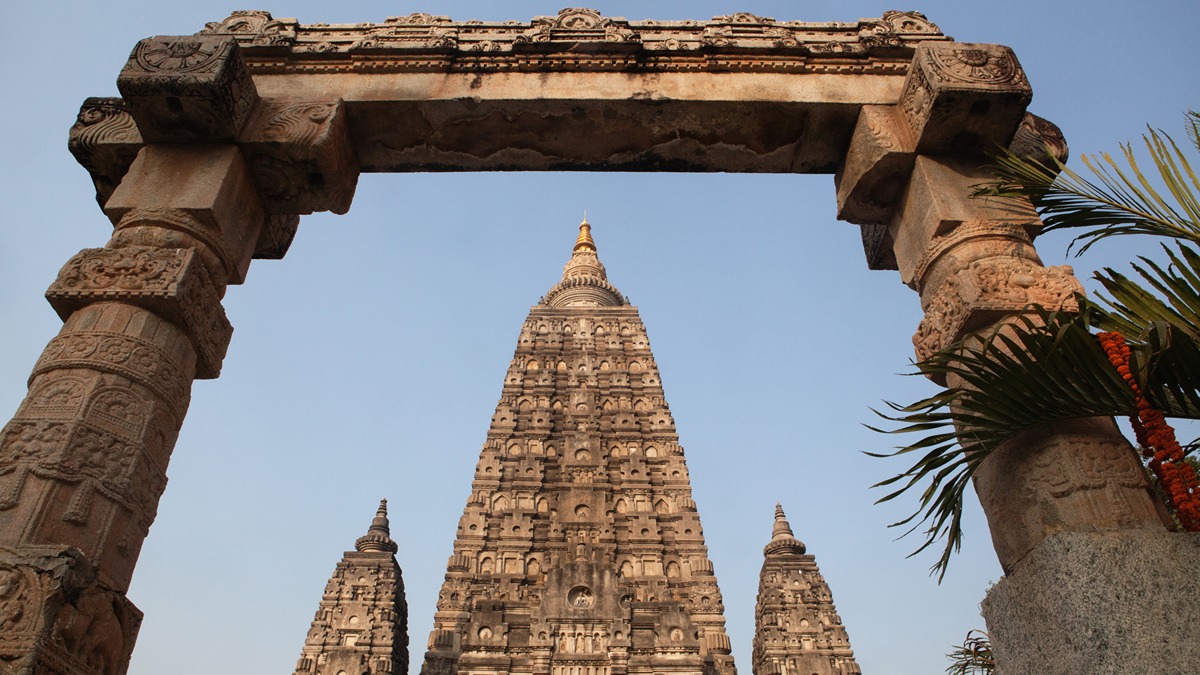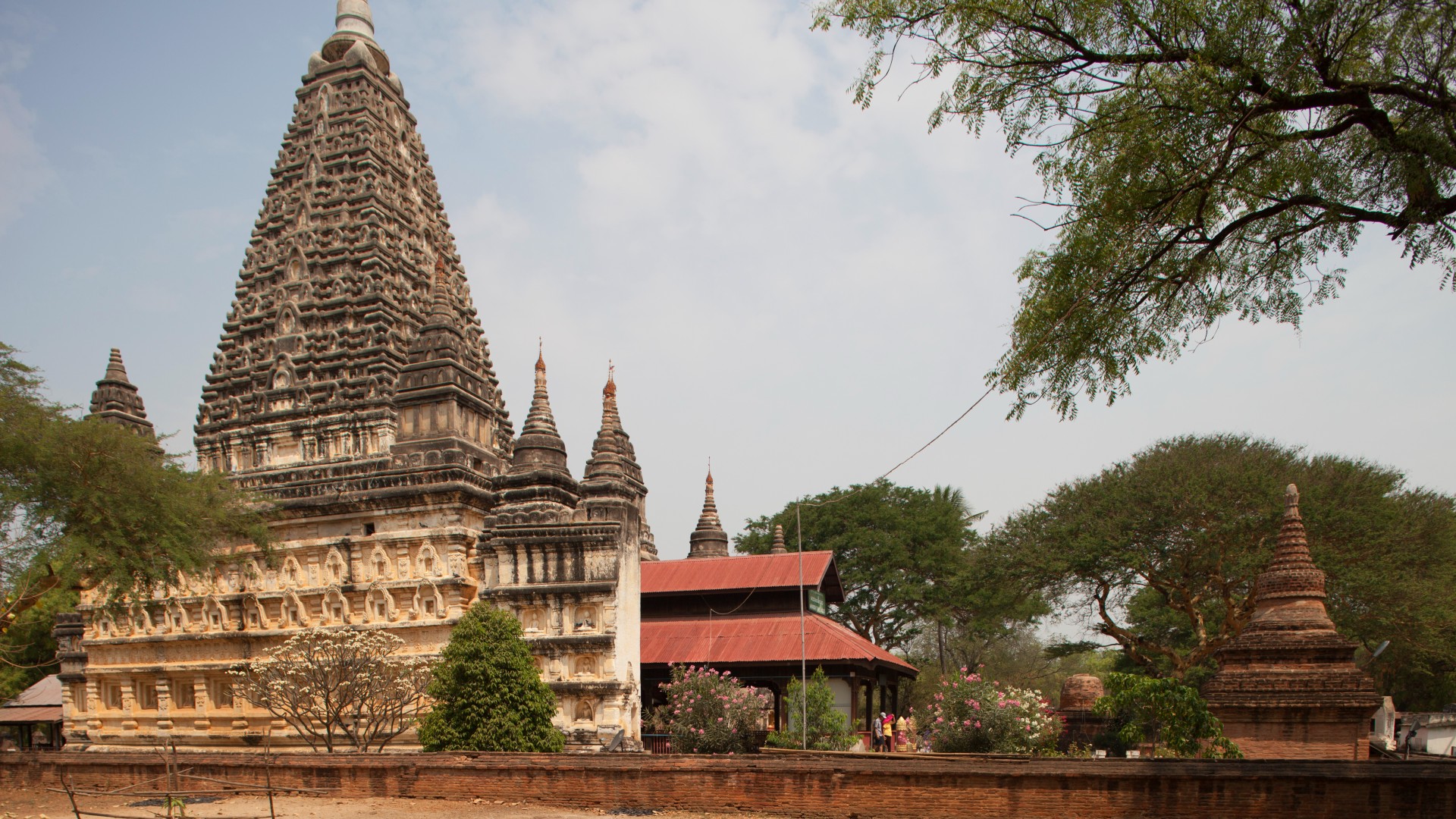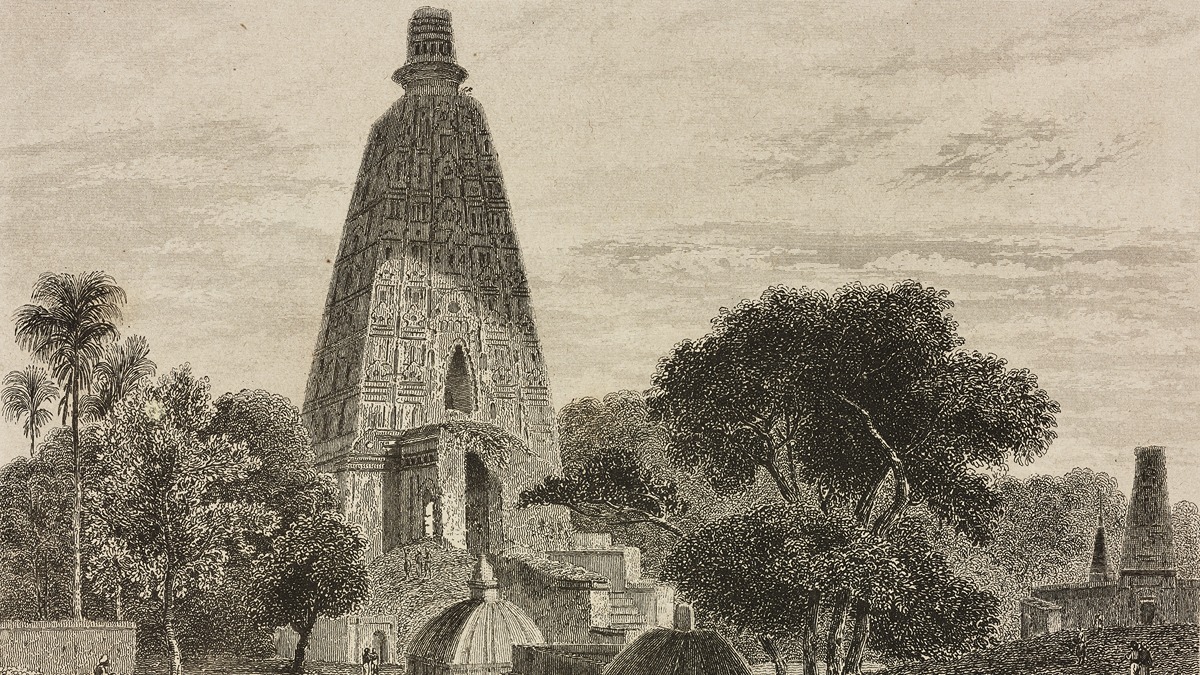
A buried monastery may be lurking underneath one of the sacred sites of the Buddha.
Satellite imagery revealed hidden structures in the Mahabodhi Temple Complex in Bodh Gaya, Bihar, according to a July media report in Indian news agency PTI, picked up by The Hindu and others. The temple is of the sites associated with the Buddha's life and said to be the location where he obtained enlightenment.
"The study has unearthed evidence of the presence of archaeological treasure beneath the soil of the [...] site and its surrounding areas," Harjot Kaur Bamhrah, additional chief secretary of India's art, culture and youth department, told PTI in The Hindu report.
Earth-gazing images obtained by satellite show "an alignment of structures to the north of the temple, buried underground," Bamhrah added. For example, the images suggest a now-buried monastery that centuries ago, was surrounded by both a moat and a settlement. The study has not yet been peer-reviewed or published, but work is ongoing.
Related: Declassified spy satellite images reveal 400 Roman Empire forts in the Middle East

The Mahabodhi Temple Complex is today dominated by a temple soaring 180 feet (55 meters) into the sky, slightly higher than the Statue of Liberty in New York City. It forms one of six sacred sites linked with the Buddha's life and enlightenment, according to the United Nations Educational, Scientific and Cultural Organization (UNESCO).
"This is one of the earliest brick Buddhist temples still standing in India, dating back to the 5th or 6th century CE," UNESCO added in a statement. "The complex is centered around a descendant of the original Bodhi tree under which the Buddha meditated and attained enlightenment."

The new research is being led by M. B. Rajani from the National Institute of Advanced Studies (NIAS) at the Indian Institute of Science Campus in Bangalore. Space.com asked Cardiff University, a collaborator on the research, about the availability of satellite imagery at this time.
"They are preparing a paper on the results and will be happy to share this and the satellite images when published," a Cardiff spokesperson told Space.com.
Cardiff did not specify which satellite or satellites were used to obtain the imagery, but archaeologists commonly use archival data or open-source data to reduce project costs.
The archaeologists are examining the temple as part of a study of Xuanzang, a 7th-century Buddhist monk who made a pilgrimage from today's China to India in search of Buddhist scriptures, the Hindu reported. Xuanzang's travels included visiting Mahabodhi.
"He is best known for his journey to India from 629 to 645 CE and his efforts to bring over 657 Indian texts into China. His writings had a significant impact on the development of Buddhism in China," the Hindu added.
Xuanzang's work also influenced Alexander Cunningham, a British army engineer who created an organization later known as the Archaeological Survey of India. Cunningham managed excavations in 19th century British-occupied India that included Sārnāth and Sānchi, according to Encyclopedia Britannica. India later obtained its independence in 1947 after about two centuries of subjugation under the British, detailed in this Britannica article.







